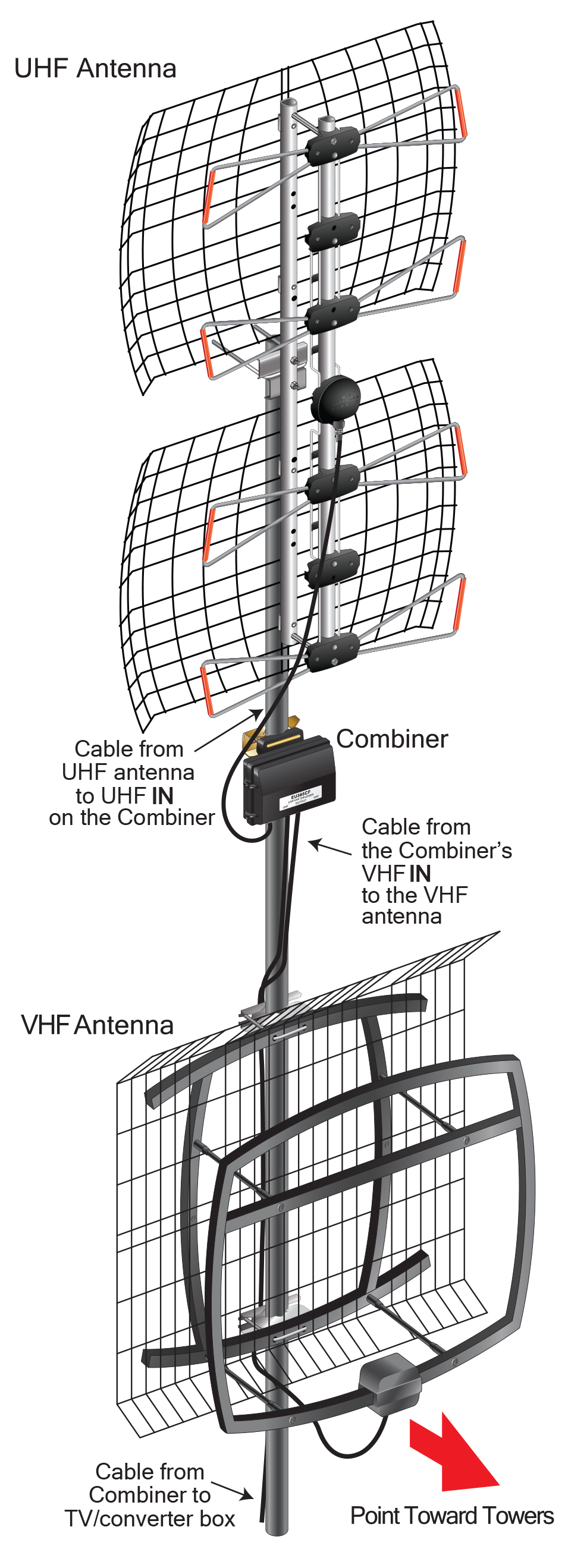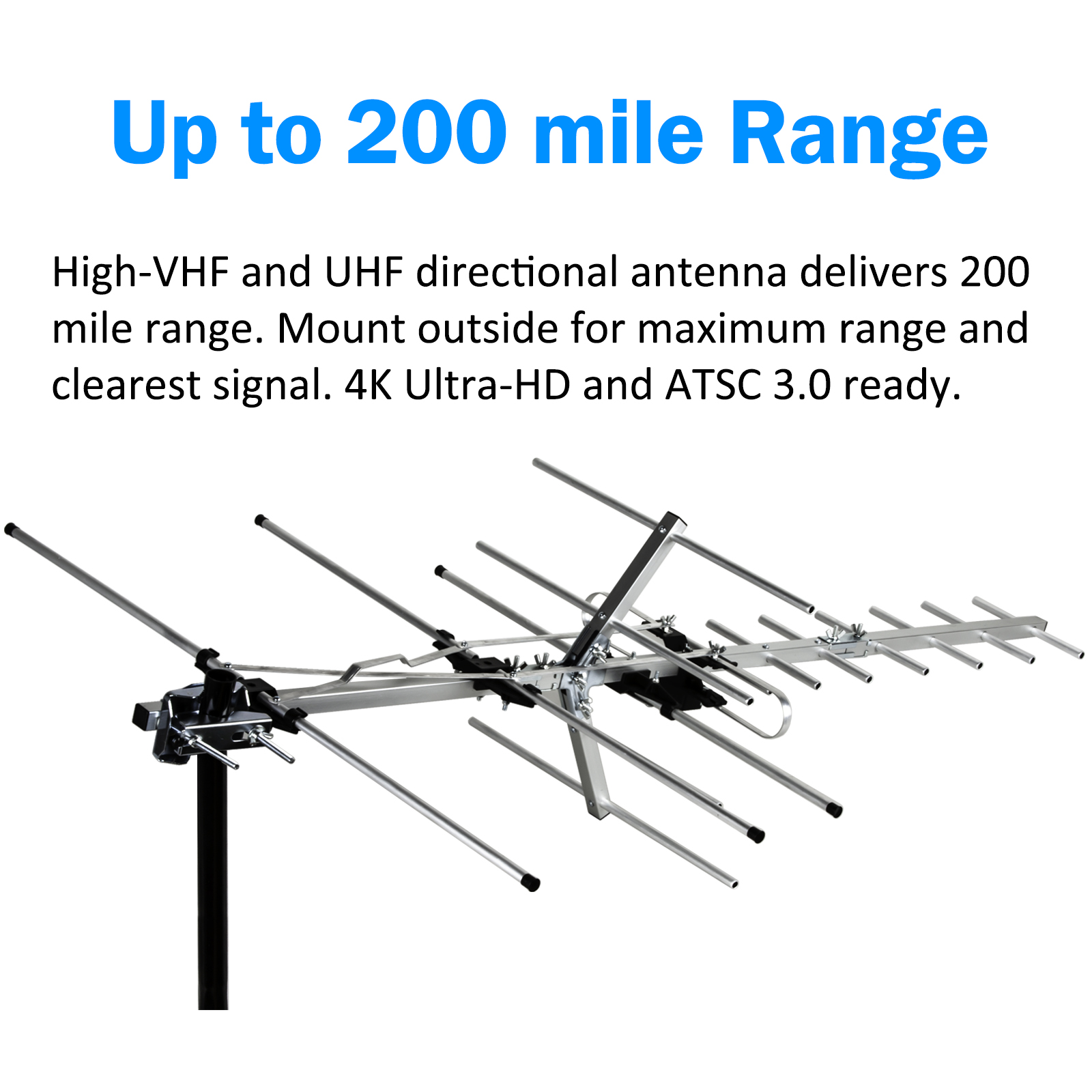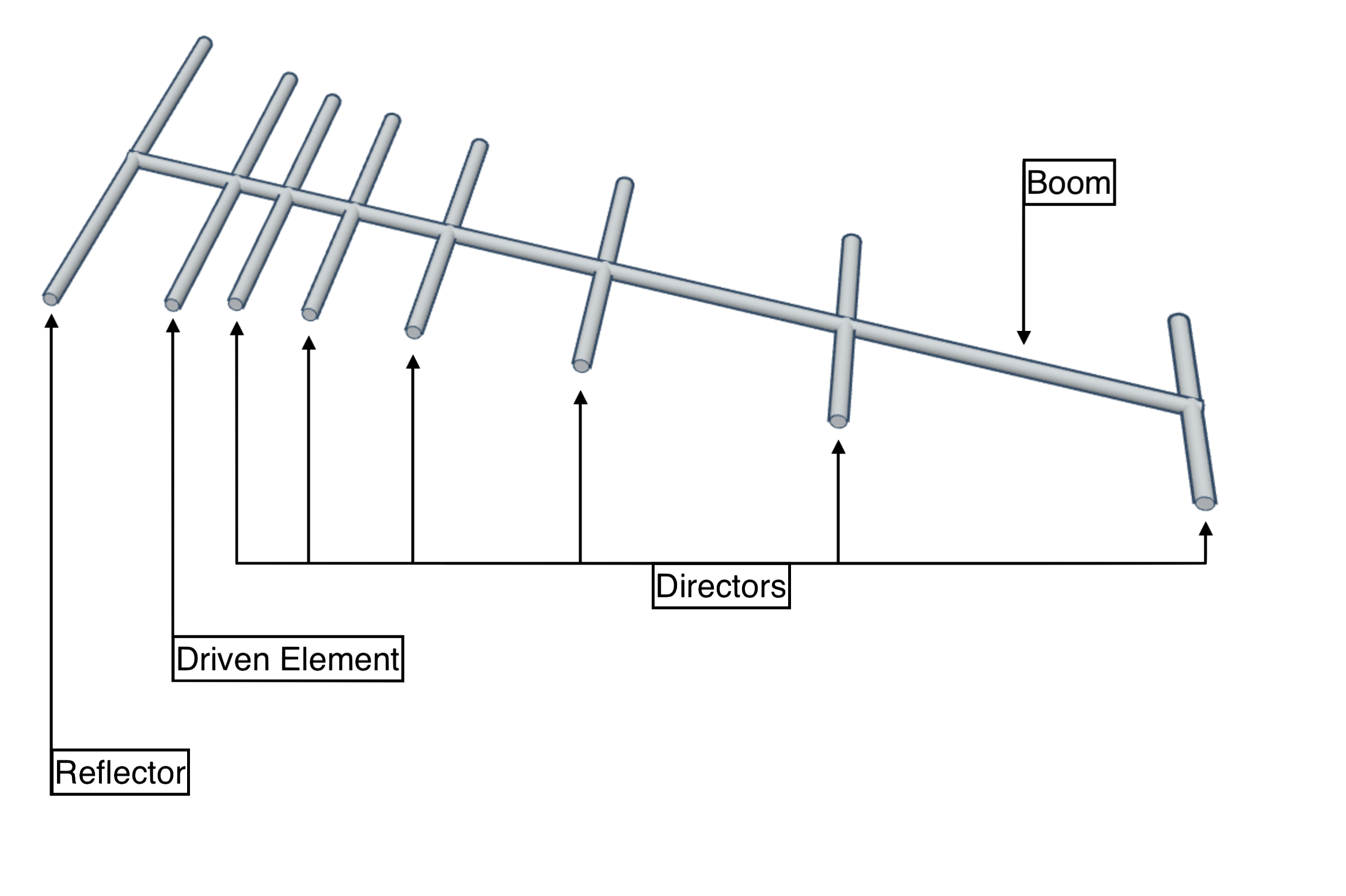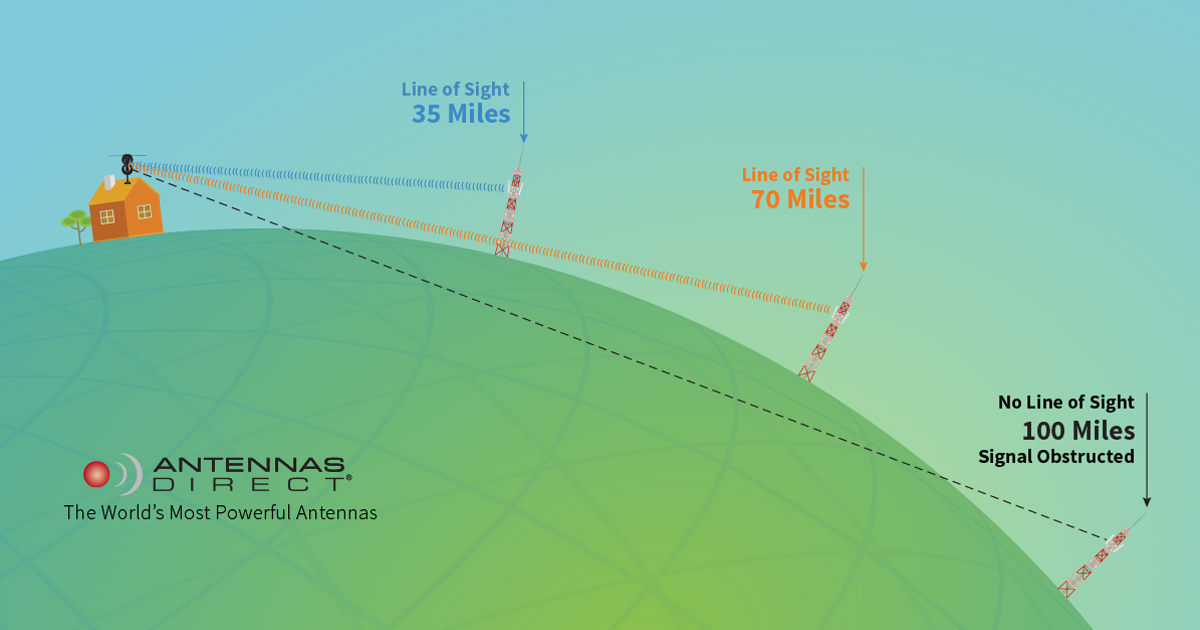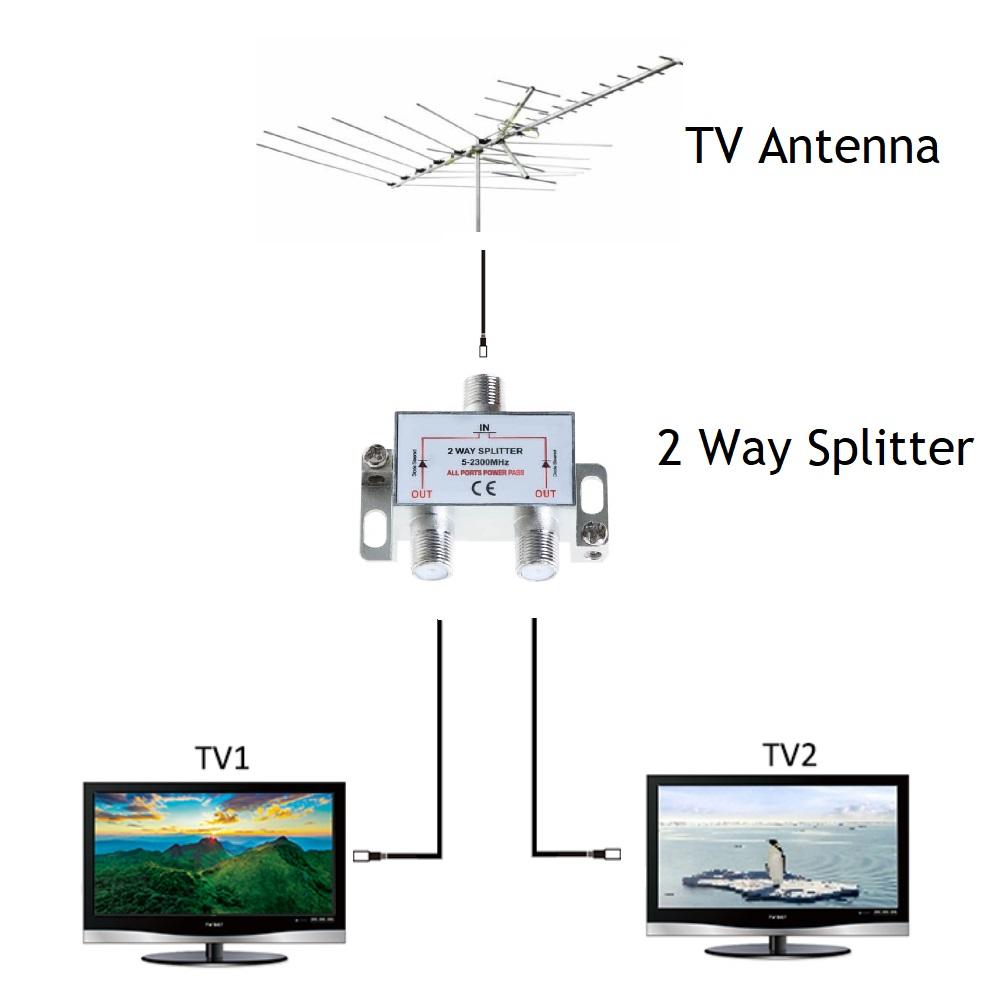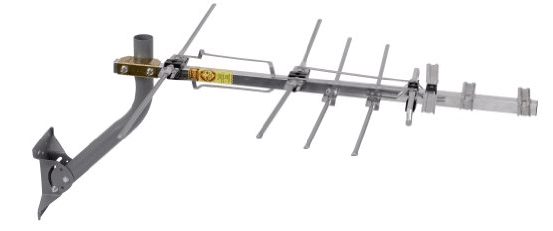How Many Channels Do You Get With An Antenna

Imagine a crisp autumn evening, the air tinged with the scent of burning leaves. You're nestled on the couch, a warm blanket draped across your lap, the glow of the television screen casting a soft light across the room. But instead of endless scrolling through streaming services, you're effortlessly flipping through local channels, catching up on news, weather, and classic sitcoms – all thanks to the simple magic of an antenna.
At its heart, the burning question is: How many channels can you actually get with an antenna? The answer isn't a simple number. It's a tapestry woven from factors like your location, the type of antenna you use, and even the weather. While some might only receive a handful of channels, others could potentially access dozens, all in glorious, uncompressed HD quality.
The journey back to over-the-air (OTA) television is a quiet revolution, a reclaiming of entertainment autonomy from the clutches of ever-rising subscription costs and data caps. It's a story of resilience, of people rediscovering the simple pleasure of free, local content, delivered straight to their screens without the need for complex contracts or monthly bills. Let's dive into the specifics.
A Brief History of Over-the-Air Television
OTA broadcasting wasn't always seen as the underdog. In fact, it was the original way television was consumed for decades. Before cable, satellite, and streaming reshaped the entertainment landscape, antennas perched atop homes were the gateway to a world of news, sports, and entertainment.
The advent of cable and satellite in the late 20th century slowly diminished the prominence of OTA. These new technologies offered a wider array of channels and specialized programming, leading many to abandon their antennas in favor of these paid services.
However, the digital transition of 2009 breathed new life into OTA. Analog signals were replaced with digital ones, allowing for higher-quality picture and sound, and even the ability to broadcast multiple channels from a single frequency, known as multicasting. This paved the way for the resurgence of antennas, offering a compelling alternative to costly subscriptions.
Factors Influencing Channel Reception
So, what determines the number of channels you can snag with an antenna? Several factors play a crucial role, working together to create your OTA experience.
Location, Location, Location
Your proximity to broadcast towers is perhaps the most significant factor. The closer you are to these towers, the stronger the signal will be, and the more channels you're likely to receive. Urban areas typically have more broadcast towers nearby, resulting in a larger channel selection.
Rural areas, on the other hand, may face challenges due to distance and terrain. Hills, mountains, and even dense forests can obstruct signals, limiting the number of channels available. Online tools like the FCC's reception map or AntennaWeb.org can help you determine the location of broadcast towers in your area.
Antenna Type: Indoor vs. Outdoor
The type of antenna you choose also significantly impacts your reception. Indoor antennas are convenient and easy to install, making them a popular choice for apartment dwellers and those living close to broadcast towers. However, their range is limited, and they may struggle to pick up weaker signals.
Outdoor antennas, typically mounted on rooftops or masts, offer superior range and signal strength. These are ideal for those living further away from broadcast towers or in areas with signal obstructions. They do require more installation effort but can unlock a significantly greater number of channels.
Within these categories, there are also directional and omnidirectional antennas. Directional antennas are designed to pick up signals from a specific direction, offering better reception but requiring careful aiming. Omnidirectional antennas receive signals from all directions, making them easier to use but potentially more susceptible to interference.
The Power of Amplification
Signal amplifiers can boost the strength of weak signals, potentially increasing the number of channels you receive. These devices are particularly useful for those living in areas with marginal reception or using long cable runs from the antenna to the television.
However, amplifiers aren't a magic bullet. They can also amplify noise and interference, so it's crucial to choose a quality amplifier and install it correctly. It's important to note that a good antenna properly positioned is more important than just slapping an amplifier on a cheap antenna.
Weather's Whims
Believe it or not, weather conditions can influence OTA reception. Atmospheric conditions, such as temperature inversions, can sometimes enhance signal propagation, allowing you to receive channels from greater distances.
Conversely, heavy rain or snow can weaken signals, leading to temporary reception issues. This is usually short lived and doesn't typically require any changes on the user's part.
Beyond the Numbers: The Value of OTA
While the number of channels you can receive with an antenna is important, it's not the only measure of its value. OTA television offers several compelling advantages over paid services.
The most obvious benefit is that it's free. Once you've purchased an antenna, there are no monthly fees or contracts to worry about. This can represent significant savings over time, especially compared to the ever-increasing costs of cable and streaming subscriptions.
OTA television also provides access to local news, weather, and community programming. This is particularly important for staying informed about local events and issues that may not be covered by national news outlets. This focus on local information is something that streaming services often lack.
Finally, OTA signals are uncompressed, resulting in superior picture quality compared to many streaming services that compress video to conserve bandwidth. This means you can enjoy your favorite shows and movies in stunning HD resolution without buffering or quality degradation.
The Future of Over-the-Air
The future of OTA television looks bright. With the rise of cord-cutting and the increasing availability of affordable, high-performance antennas, more and more people are rediscovering the benefits of free, local television.
The development of ATSC 3.0, also known as NextGen TV, promises to further enhance the OTA experience. This new standard offers improved picture and sound quality, interactive features, and even the potential for targeted advertising. The rollout is still ongoing, so be sure to check availability in your area.
OTA television is not just a relic of the past; it's a viable and increasingly attractive option for the future of entertainment. So, dust off that old antenna (or invest in a new one), scan for channels, and rediscover the simple pleasure of free, local television. You might be surprised at what you find.
![How Many Channels Do You Get With An Antenna [View 36+] Tv Guide Antenna Tv Channel List](https://www.airtv.net/local-channels/images/OTA_diagram.jpg)




